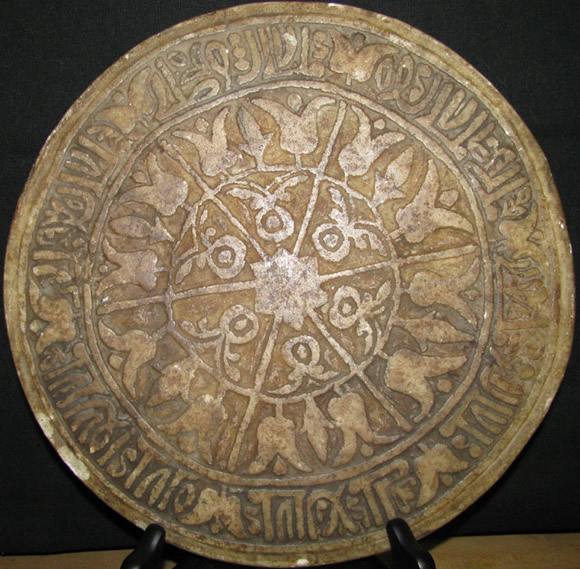
Llamhidydd, (n/m) [pl. llamhidyddion] – porpoise, dancer, acrobat, jumper
Today’s word appears in a book I’m reading at the moment and is a new one to me. I’m not sure about the etymology of the hid part, but llam means jump, and the suffix -ydd indicates a person or agent.
As well as jump, llam also means fate, leap, bound, stride, step, and is found in such words as llamddelw – puppet (jump + image/idol); llamu and llamsach – to jump; llawsachus – capering, prancing, and llamwr – leaper. Llam most likely comes from the same root as the Irish léim, Scottish Gaelic leum, Manx lheim, Cornish lamma and Breton lam. More common Welsh words for jump and to jump are naid and neidio.
Other Welsh words for porpoise include môr-fochyn (sea pig) and morhwch (sea sow), which is also applied to dolphins. The Irish for porpose is muc mhara (sea pig).
The English word porpoise comes from the French pourpois, which is from Medieval Latin porcopiscus, which is a compound of porcus (pig) and piscus (fish).
Another English word for porpoise is apparently mereswine, the roots of which can be traced back to the Proto-Germanic *mariswīnaz (dolphin, porpoise), from *mari/*mariz (sea) and *swīnaz/*swīnan (swine, pig), via the Middle English mereswin and the Old English mereswīn.

